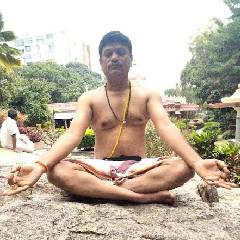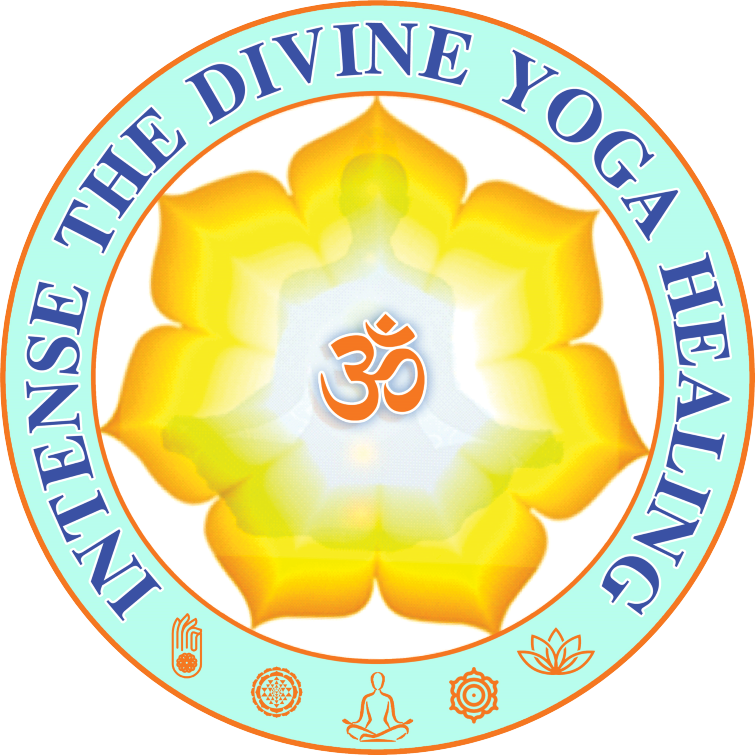
Mudra Therapy
Tasmaatsarvaprayatnena prabodhayitumeeshavareem.
Brahmadvaaramukhe suptaam mudraabhyaasam samaacharet.
तस्मात् सर्वप्रयत्नेन प्रबोधयितुम् ईश्वरीम् ।”
ब्रह्मद्वारमुखे सुप्तां मुद्राभ्यासं समाचरेत् ॥५॥
verse meaning:
Hata Yoga Pradipika ( 3:5 ), Therefore, the goddess sleeping at the entrance of Brahma’s door should be constantly aroused with all effort, by performing mudra thoroughly.
- The Sanskrit word mudra is translated as ‘gesture’ or ‘attitude’. Mudras can be described as Psychic, Emotional, Devotional and aesthetic gestures or attitudes. Yogis have experienced mudras as attitudes of energy flow, intended to link individual pranic force with universal or cosmic force. The Kularnava tantra traces the word mudra to the root mud, meaning ‘delight’ or ‘pleasure’, and dravay, the casual form of dru, which means ‘to draw forth’. Mudra is also defined as a ‘seal’ , ‘short-cut’ or ‘circuit by-pass’.
- The Attitudes of Postures adopted during mudra practices establish a direct link between ‘annamaya kosha’, the physical body, ‘manomaya kosha’, the mental body and ‘pranamaya kosha’, the energy body. Initially, this enables the practitioner to develop awareness of the flow of prana in the body. Ultimately, it establishes panic balance within the koshas and enables the redirection of subtle energy to the upper chakras, including higher states of consciousness.
- Mudras manipulate prana in much the same way that energy in the form of light or sound waves is diverted by a mirror or a cliff face. The Nadis and Chakras constantly radiate prana which normally escapes from the body and dissipates into the external world. By creating barriers within the body through practice of mudra, The energy is redirected within. For example, by closing the eyes with the fingers in shanmukhi mudra, the prana being radiated through the eyes is reflected backIn scientific terms mudras provide a means to access and influence the unconscious reflexes and primal, instinctive habit patterns that originate in the primitive areas of the brain around the brain stem. They establish a subtle, non- intellectual connection with these areas. Each mudra sets up a different link and has a correspondingly different effect on the body, mind and prana. The aim is to create fixed , repetitive postures and gestures which can snap the practitioner out of the instinctive habit patterns and establish a more Refined Consciousness.

